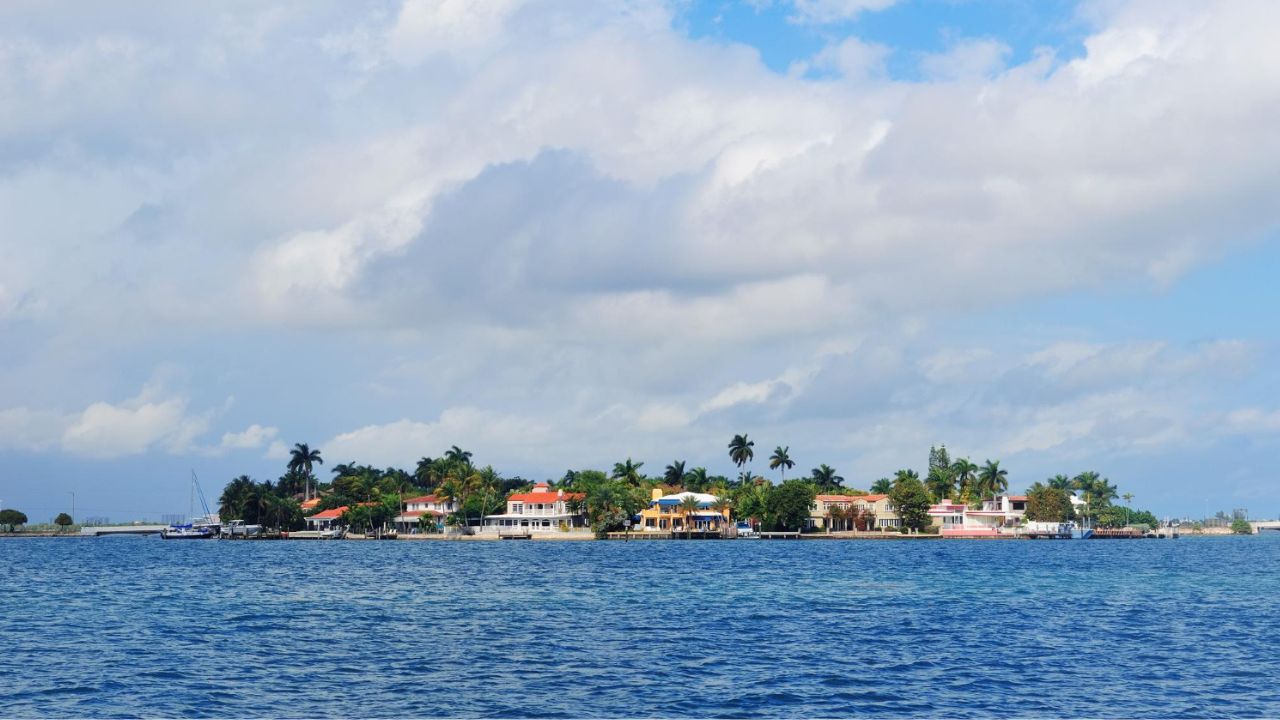From Maine’s rocky headlands to Oregon’s basalt sea stacks, these coastal towns pair ocean scenery with real substance. Historic districts, protected parks, record-setting landmarks, and century-old traditions give each place a distinct identity. This gallery highlights towns where facts back the beauty, from National Historic Landmarks and marine reserves to measured trail lengths and lighthouse stats. Use it to plan smarter beach time and learn why these shores have stayed special for generations.
1. Bar Harbor, Maine
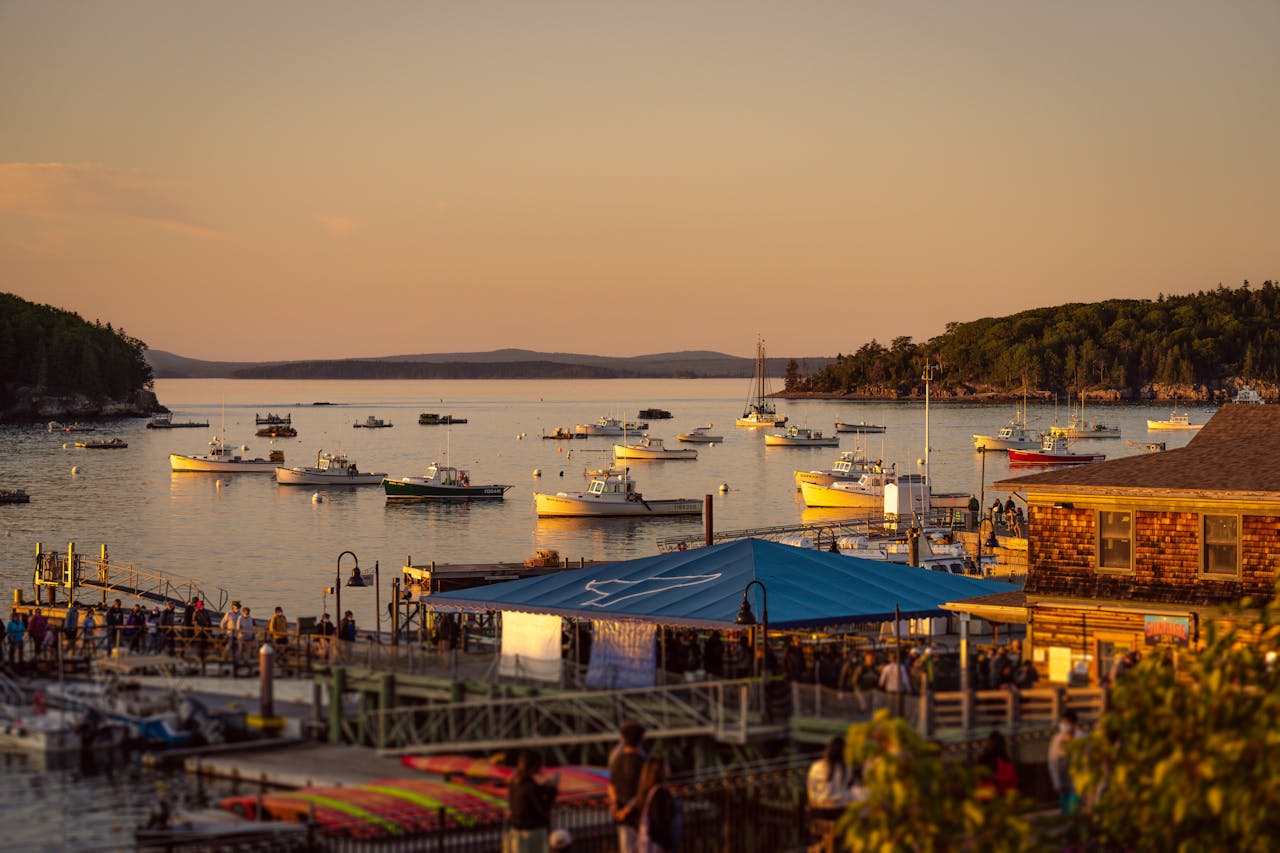
Set on Mount Desert Island beside Acadia National Park, Bar Harbor mixes harbor views with quick park access. The waterfront Shore Path runs about 0.7 miles along Frenchman Bay, a century-old stroll lined with granite and gardens. Acadia’s carriage roads and summits start a short drive away, so you can watch lobster boats at sunrise and hike by noon. The town itself counts only a few thousand residents, which keeps the village core compact and walkable.
2. Ogunquit, Maine

Ogunquit’s Marginal Way is a paved cliff path of roughly 1.25 miles linking the village to Perkins Cove, with benches, tide pool overlooks, and safety railings. The route sits above narrow shore platforms, so you get constant surf views without scrambling on rocks. The small working cove still launches lobster boats, underscoring that this is a beach town with an active maritime edge. Shops and galleries cluster at both ends, making a loop walk easy for visitors.
3. Rockport, Massachusetts
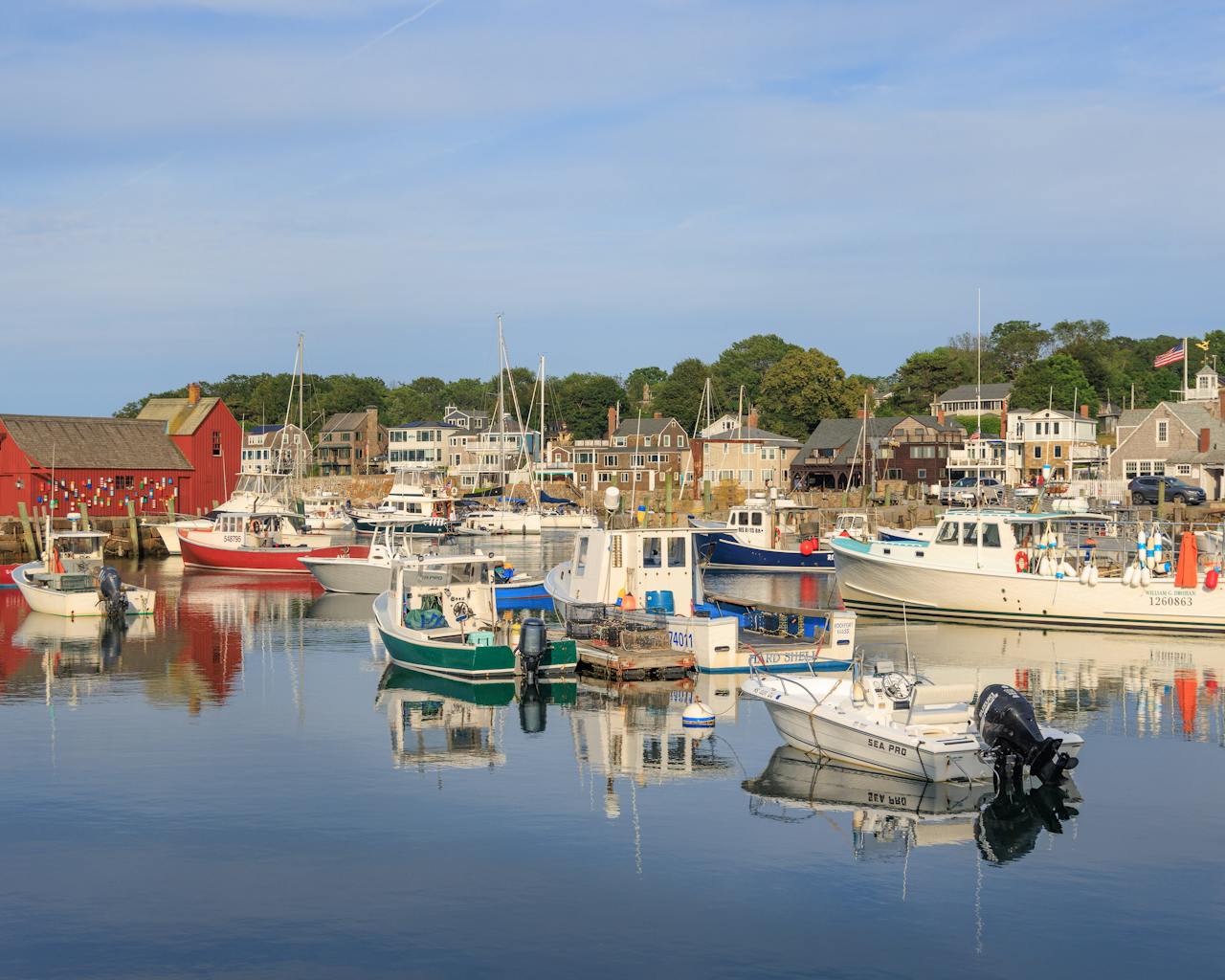
Rockport is famous for Motif Number 1, a red fishing shack often called America’s most painted building, plus Bearskin Neck’s granite wharves. North of town, Halibut Point State Park preserves an old granite quarry and offers distant lighthouse views when skies are clear. Trails and overlooks sit on hard diabase ledges, which is why waves explode into spray on storm days. The compact harbor, galleries, and small beaches keep everything within a short walk.
4. Cape May, New Jersey

Cape May’s entire Victorian core is a National Historic Landmark District with hundreds of preserved buildings. Its 1859 lighthouse rises about 157 feet at Cape May Point State Park and still flashes a 15-second characteristic. Between the landmark status and the working light, you get architectural depth plus classic coastal scenery. Seasonal population swells show how the resort identity persists, but preservation rules keep the gingerbread streetscape intact for strolls blocks from the beach.
5. Rehoboth Beach, Delaware
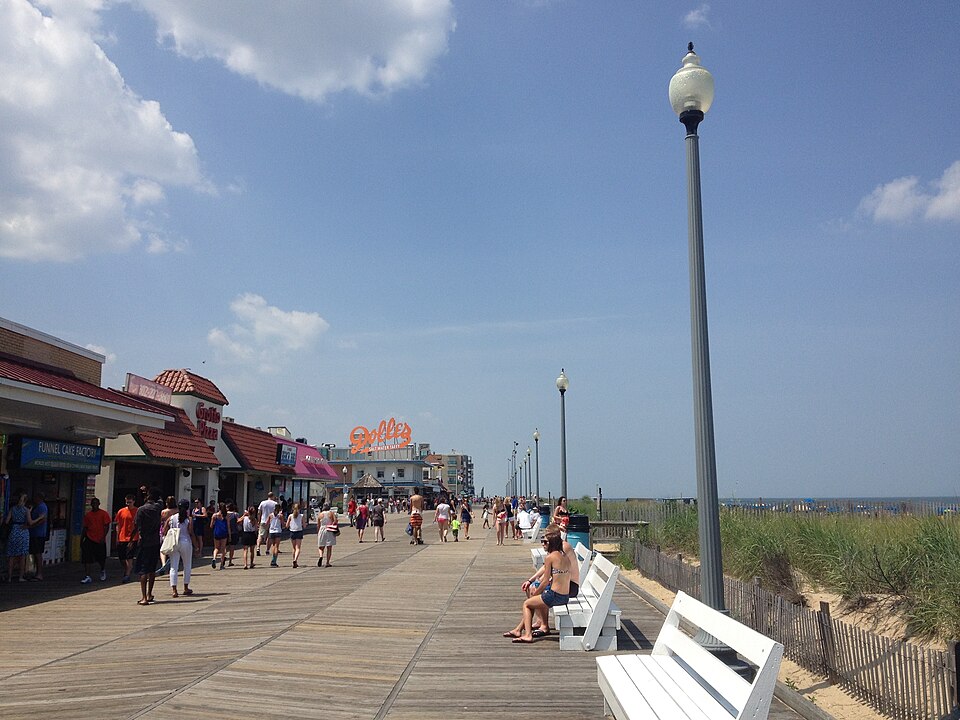
Rehoboth’s mile-long boardwalk dates to 1873 and still anchors a compact oceanfront of shops, arcades, and a long-running summer bandstand. The town’s “Nation’s Summer Capital” nickname reflects steady visitors from Washington, D.C., helped by easy road access since the 1950s. With a small year-round population, walkability remains a core draw, and lifeguarded sands sit steps from restaurants and lodging. It is a straightforward, beach-first town shaped by rail, then car travel.
6. Chincoteague, Virginia
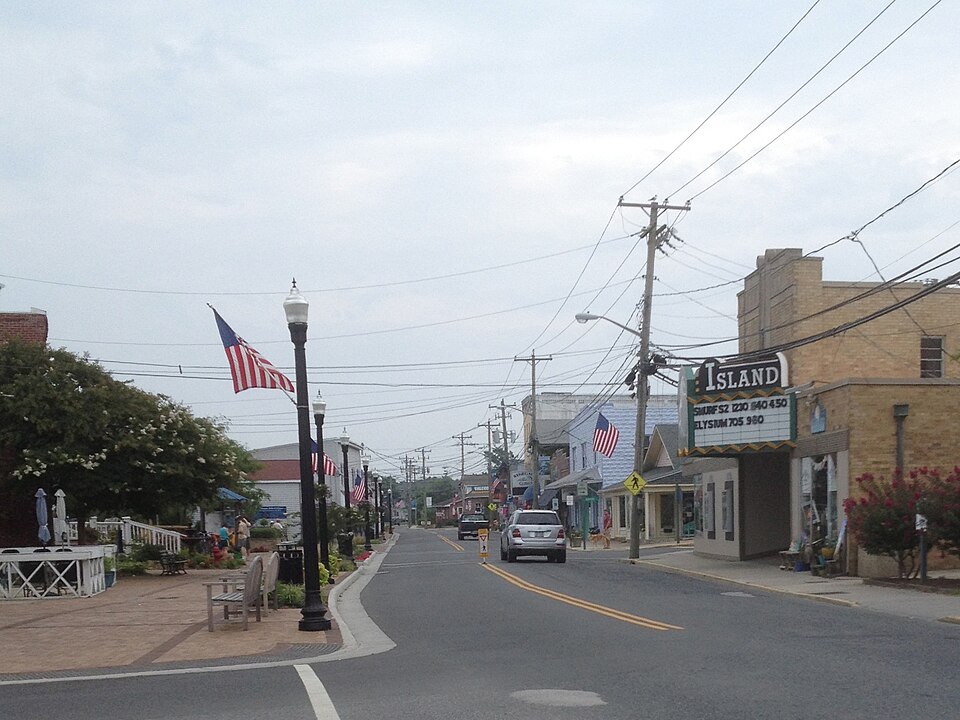
Chincoteague fronts the Assateague Channel and looks across to the protected Atlantic beach of Assateague Island. Each July, the famous Pony Swim moves the island’s herd at slack tide, followed by a foal auction that funds care and manages numbers. The 1867 Assateague Lighthouse, a tall brick daymark with public climbs on select days, stands just beyond the dunes. Wildlife drives and flat bike routes make exploring easy without leaving the refuge.
7. Beaufort, South Carolina
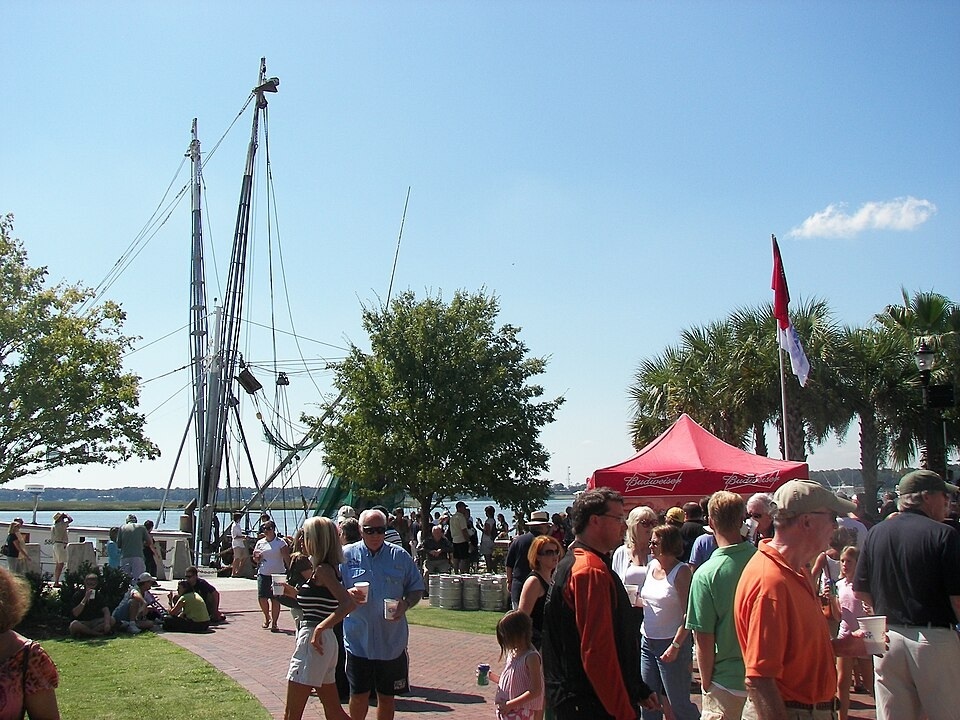
Beaufort’s downtown is a National Historic Landmark District laid out in 1711 along the Beaufort River, where a waterfront park hosts festivals and evening breezes. Fifteen miles away, Hunting Island State Park protects wide beaches and a cast-iron lighthouse first lit in the 1870s, which was moved inland in 1889 to escape erosion. That pairing of preserved townscape and barrier-island nature gives visitors shaded streets by day and stargazing shores by night.
8. Seaside, Florida
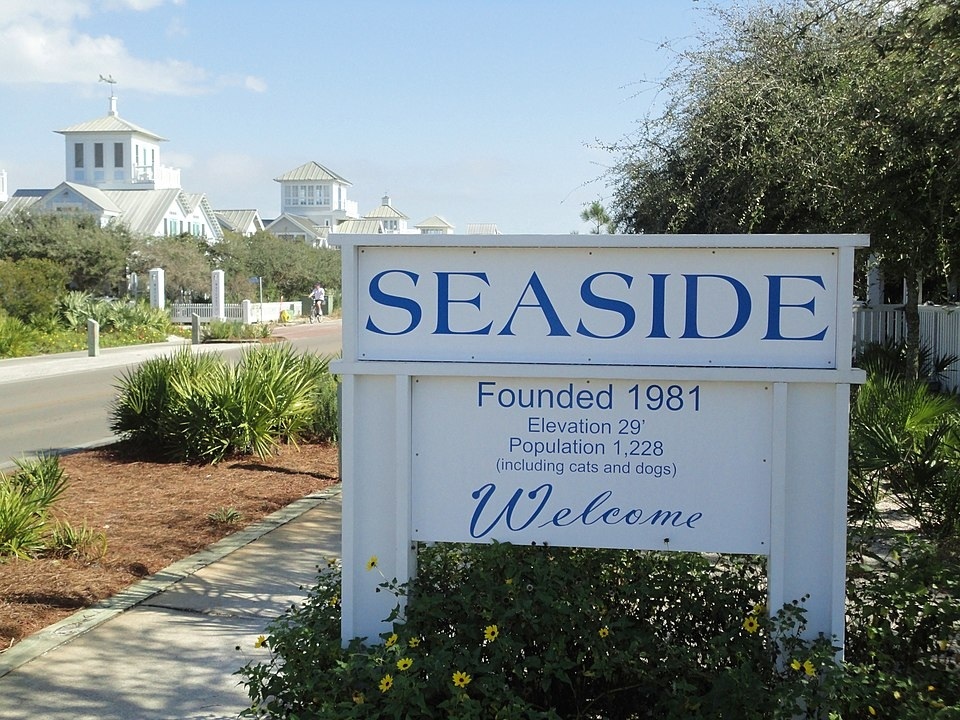
Seaside helped launch New Urbanism in the United States, built from 1981 with walkable blocks, mixed uses, and front-porch cottages. Its central square, beach pavilions, and pastel streets were convincing enough to serve as the primary filming location for The Truman Show. The town sits on Scenic Highway 30A, a 24-plus-mile coastal corridor known for dune lakes and bike paths that connect neighboring beach communities.
9. Carmel-by-the-Sea, California
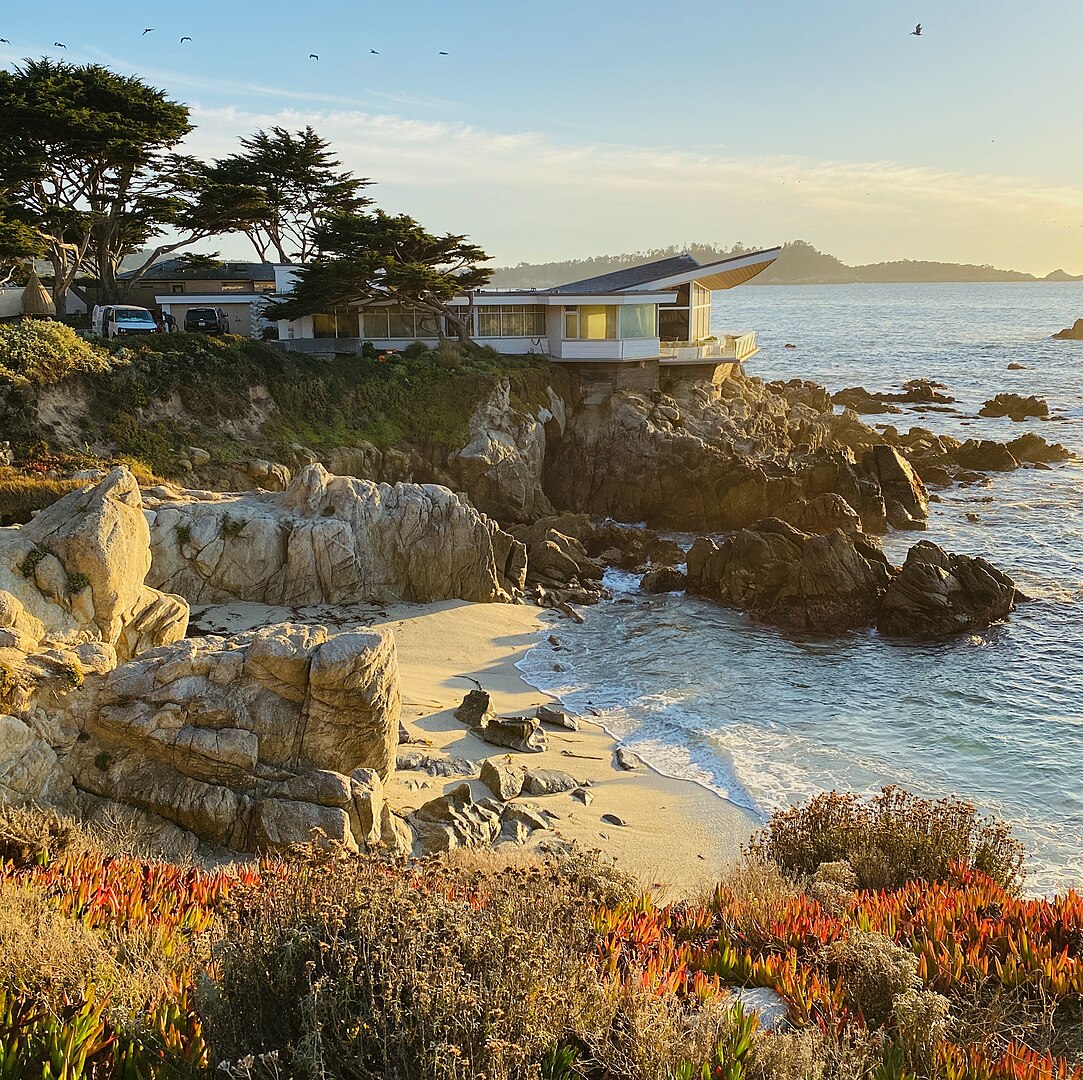
Carmel keeps an unusual tradition of no street addresses, a policy rooted in 1920s ordinances that favored foot traffic and village character. The compact, one-square-mile town centers on Ocean Avenue and a white-sand city beach, with Point Lobos State Natural Reserve about three miles south for sea lion and whale watching. A small resident population reinforces the walkable scale year-round.
10. Laguna Beach, California
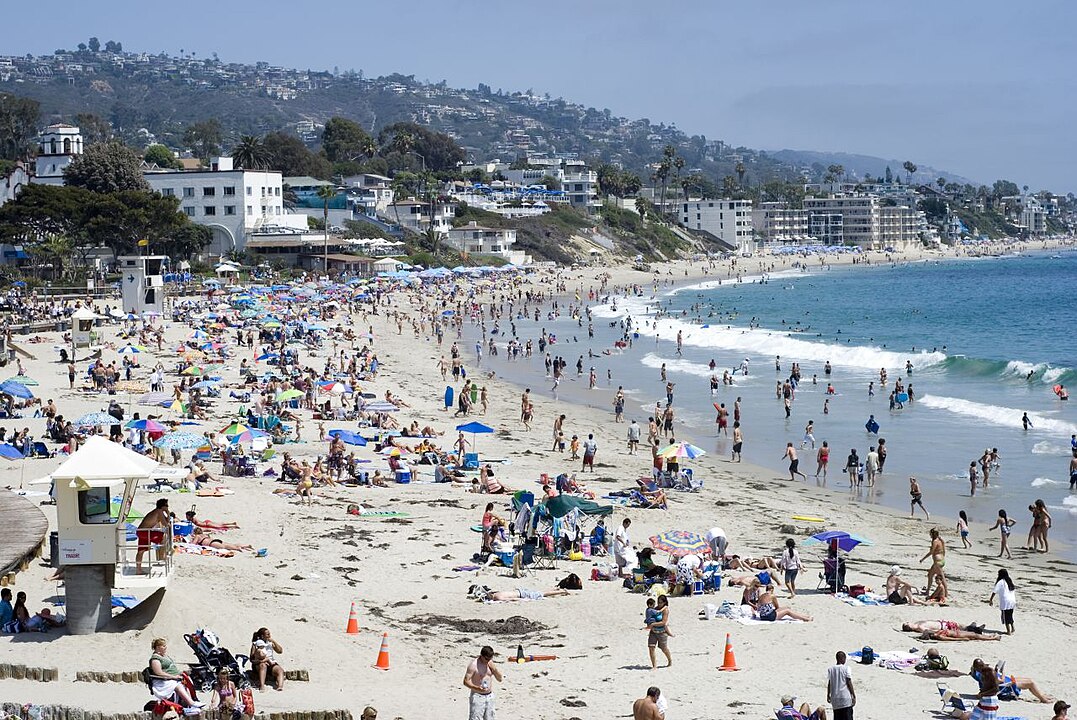
Laguna’s shoreline is backed by one of California’s largest clusters of marine protected areas, including a state marine reserve covering more than six square miles where take is prohibited. The city’s arts identity runs deep, with the Pageant of the Masters staging living recreations of artworks each summer since the 1930s. Add coves, tide pools, and limited highway access, and you get a seaside town built around preserved coast and culture.
11. Cannon Beach, Oregon
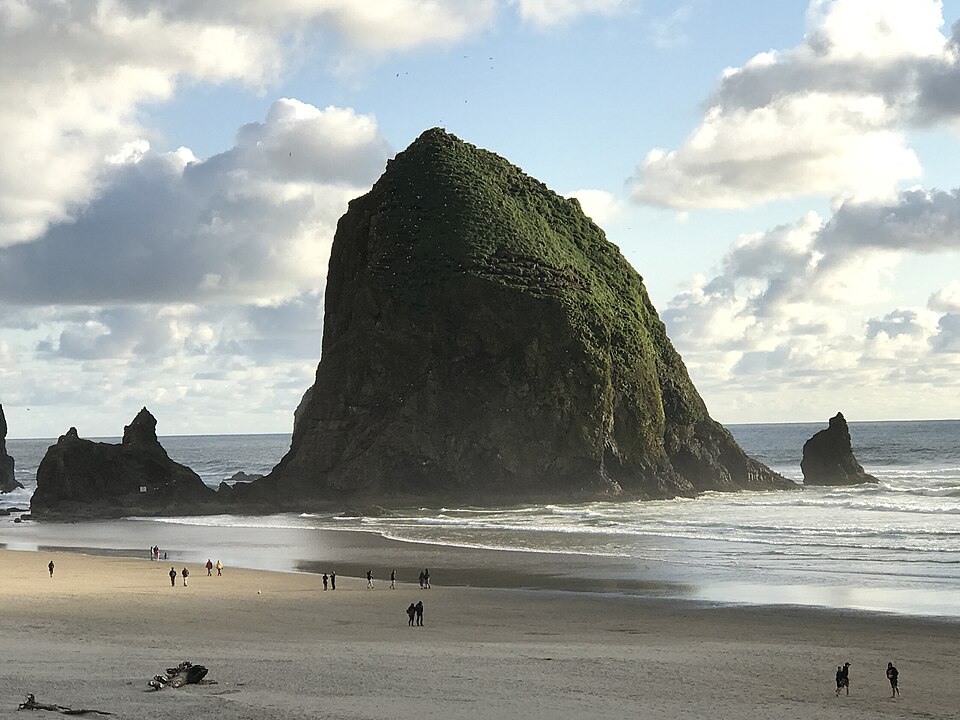
Cannon Beach faces Haystack Rock, a 235-foot basalt sea stack within a protected Marine Garden and part of a federal wildlife refuge that hosts nesting seabirds and rich tide pools. Just north, Ecola State Park offers clifftop trails, viewpoints, and segments of the Oregon Coast Trail with documented Lewis and Clark history. The result is scenery you can measure by trail miles and rock height, not just postcard looks.
12. Depoe Bay, Oregon
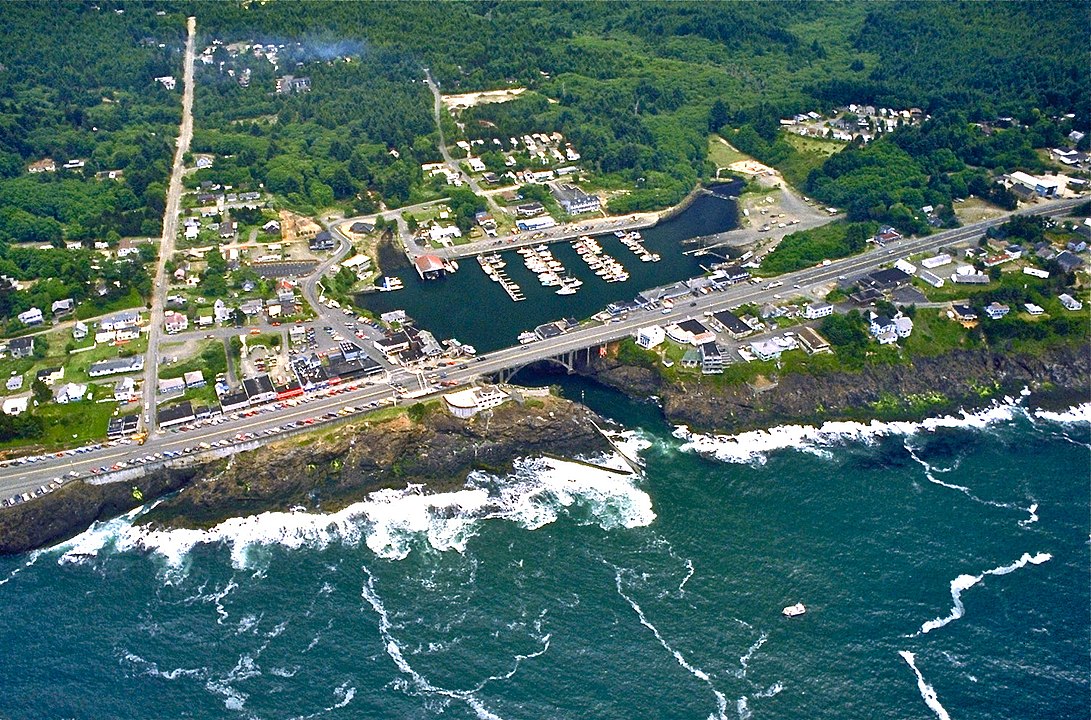
Depoe Bay promotes the world’s smallest natural navigable harbor at roughly six acres, linked to the Pacific by a narrow, dog-leg channel. It also sits by Oregon’s Whale Watching Center, which reports reliable summer and fall sightings from a seasonal group of resident gray whales that feed nearshore. Shore platforms and sea walls mean you can spot spouts without a boat on many days.
13. Nantucket, Massachusetts
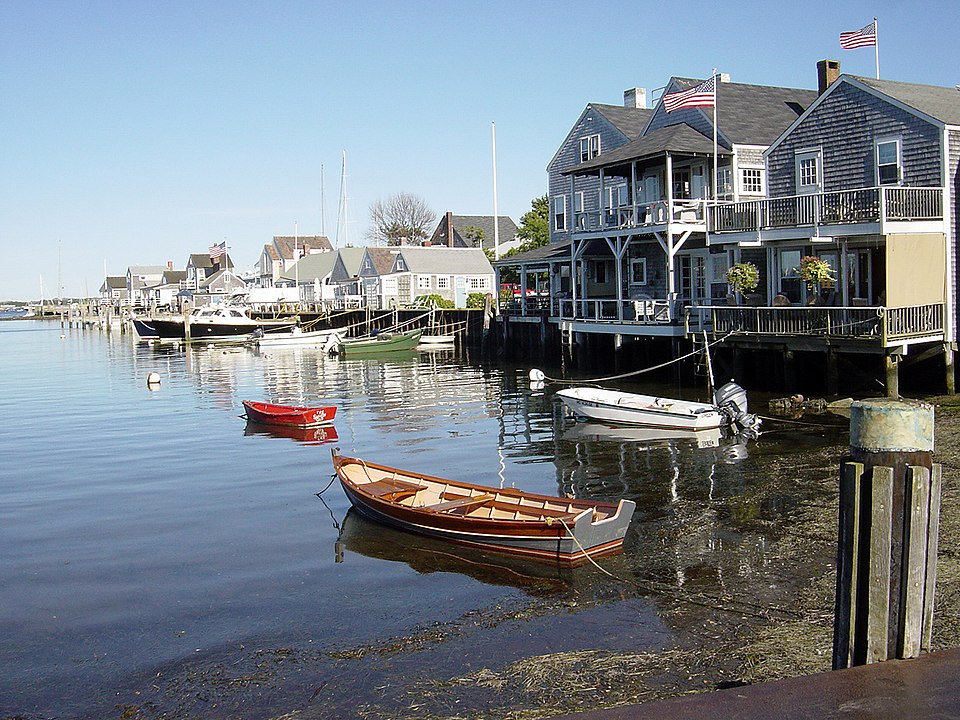
Nantucket is unusual in that the entire island is a National Historic Landmark District, first listed in 1966 and expanded in 1975. Cobblestone Main Street dates to the 1830s, while the Whaling Museum interprets the island’s 18th and 19th century seafaring economy, complete with a suspended sperm whale skeleton. Seasonal population swings show its long tourism arc, yet preservation rules hold the downtown fabric together.

